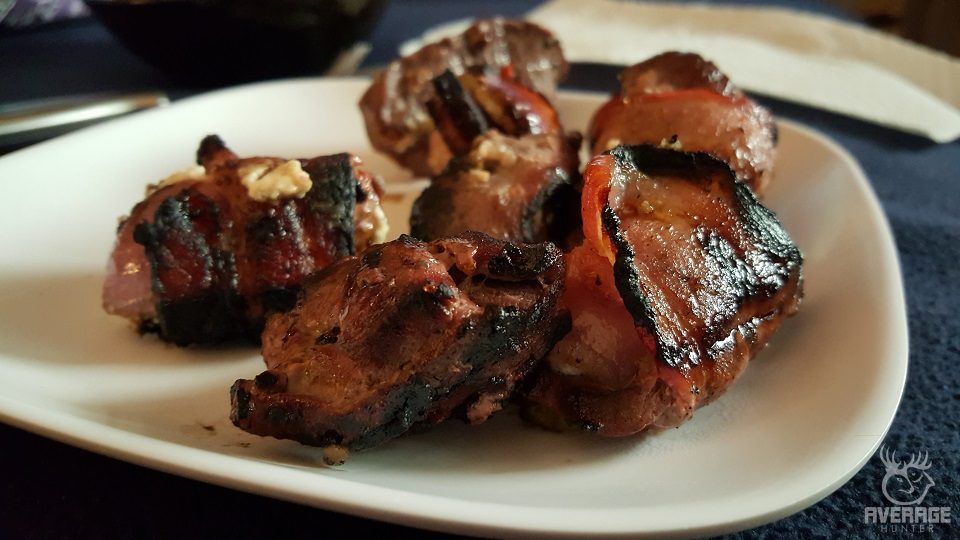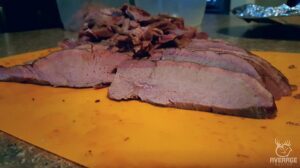
In the realm of culinary adventures, grilling venison stands as a remarkable journey. Venison, the meat from hunted deer, is lauded for its rich flavors and lean texture, making it a treasured choice for barbecue enthusiasts. This comprehensive guide, tailored in the meticulous, in-depth style of The Guardian, will take you through the nuances of preparing and cooking venison you’ve just hunted on a barbecue.
Understanding Venison
Venison is distinct from your typical barbecue fare. It’s leaner than beef and carries a unique, gamey flavor profile that reflects its wild origins. Its low-fat content requires a careful approach to avoid overcooking. The journey begins with the ethical sourcing of the meat. Responsible hunting, with a focus on sustainability and respect for wildlife, is paramount. Once procured, the venison should be properly field-dressed and aged. Aging the meat for a week in a cool environment tenderizes it and enhances its flavors.
Preparing the Meat
 Choosing the right cuts is crucial for a successful barbecue. Opt for steaks, loins, or ribs – cuts that respond well to direct heat and retain a tender texture. Before cooking, a marinade can impart additional flavors to the naturally robust taste of venison. Olive oil, herbs like rosemary and thyme, garlic, and a dash of acid (vinegar or lemon juice) work well. Marinate the venison for several hours, ideally overnight, to ensure a deep, even flavor.
Choosing the right cuts is crucial for a successful barbecue. Opt for steaks, loins, or ribs – cuts that respond well to direct heat and retain a tender texture. Before cooking, a marinade can impart additional flavors to the naturally robust taste of venison. Olive oil, herbs like rosemary and thyme, garlic, and a dash of acid (vinegar or lemon juice) work well. Marinate the venison for several hours, ideally overnight, to ensure a deep, even flavor.
Barbecue Setup
A good barbecue experience hinges on choosing a suitable grill from Grillhound and then the preparation of said grill. Preheating the barbecue to a medium-high heat is essential for achieving a perfect sear. Clean and lightly oil the grates to prevent sticking. This step is crucial for venison due to its lower fat content.
The Cooking Process
The cooking process is where skill truly comes into play. Venison should be seared over high heat to develop a flavorsome crust while sealing in juices. This should be done swiftly to avoid drying out the meat. The ideal doneness for venison is medium-rare to medium, which corresponds to an internal temperature of 145°F to 160°F. Overcooking venison is a common pitfall due to its low-fat content, leading to a tough and dry texture. A meat thermometer is a valuable tool in this process. Post-cooking, allow the meat to rest for several minutes. This step is crucial as it lets the juices redistribute, ensuring each bite is moist and flavorful.
Flavor and Serving
When it comes to flavor, venison offers a canvas for culinary creativity. Its gamey taste pairs well with bold herbs and spices. Experiment with different combinations to find the perfect balance that complements the natural flavors of the meat. When serving, slice the meat against the grain to ensure tenderness. Venison pairs beautifully with a variety of sides – from grilled vegetables to rustic bread or a hearty salad – these accompaniments can enhance the overall dining experience.
Ethical Considerations
An important aspect of cooking venison is the ethical dimension. Hunting and consuming game meat come with a responsibility towards sustainable practices. This involves adhering to hunting regulations, ensuring a quick and humane kill, and utilizing as much of the animal as possible to honor its life.
Conclusion
Barbecuing venison is more than just a cooking method; it’s a celebration of nature, sustainability, and culinary art. It requires a blend of careful preparation, precise cooking, and a deep appreciation for the meat’s origins. The result is a meal that’s not only delicious but also rooted in a respect for the natural world. Enjoy the unique flavors and textures of grilled venison, a testament to the culinary delights that ethical hunting and skillful cooking can bring to the table.

